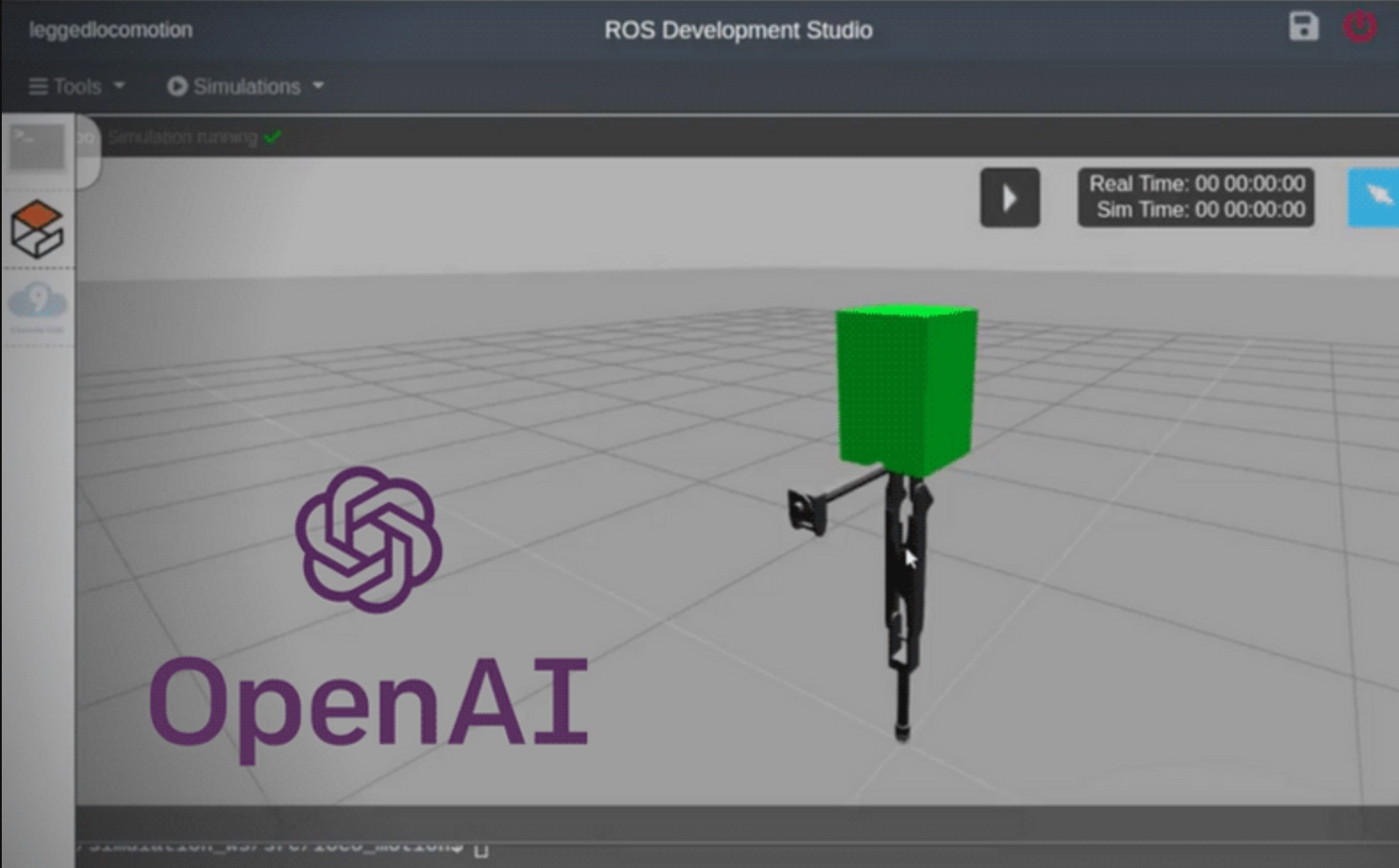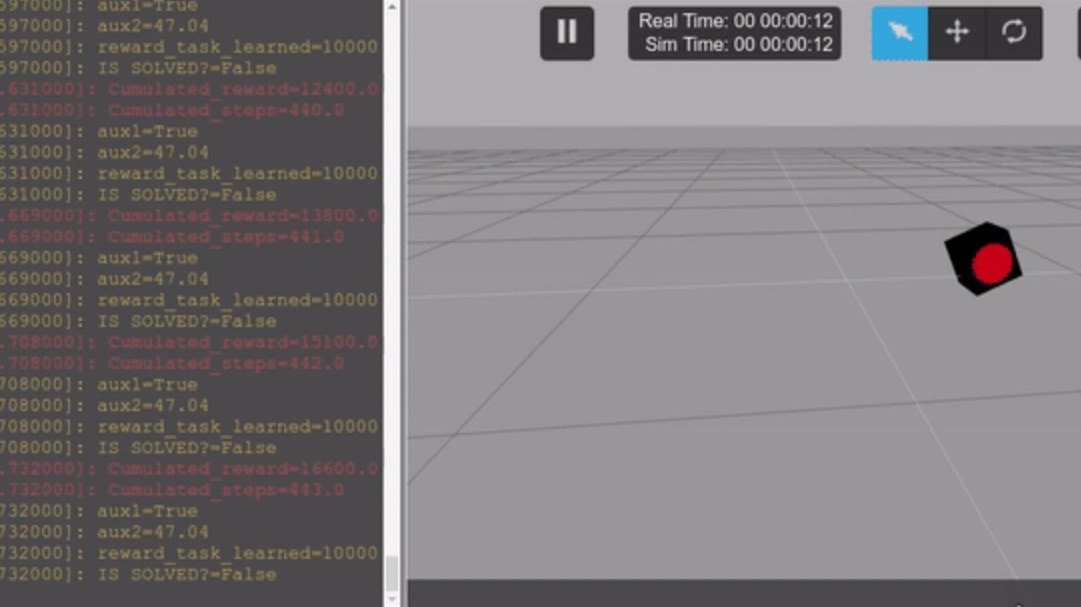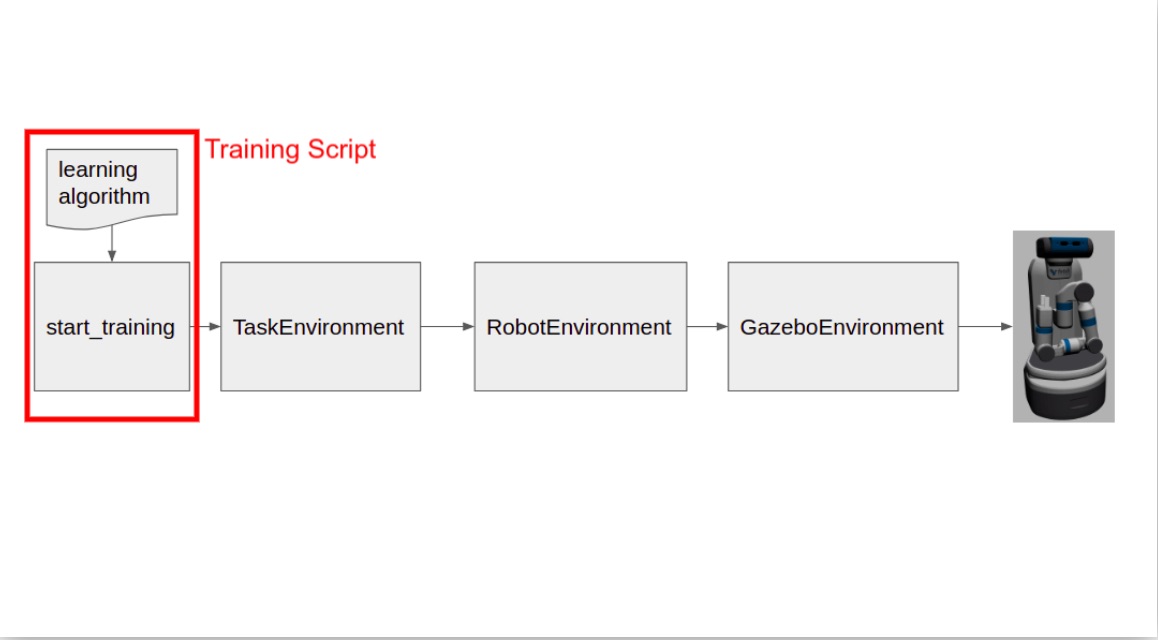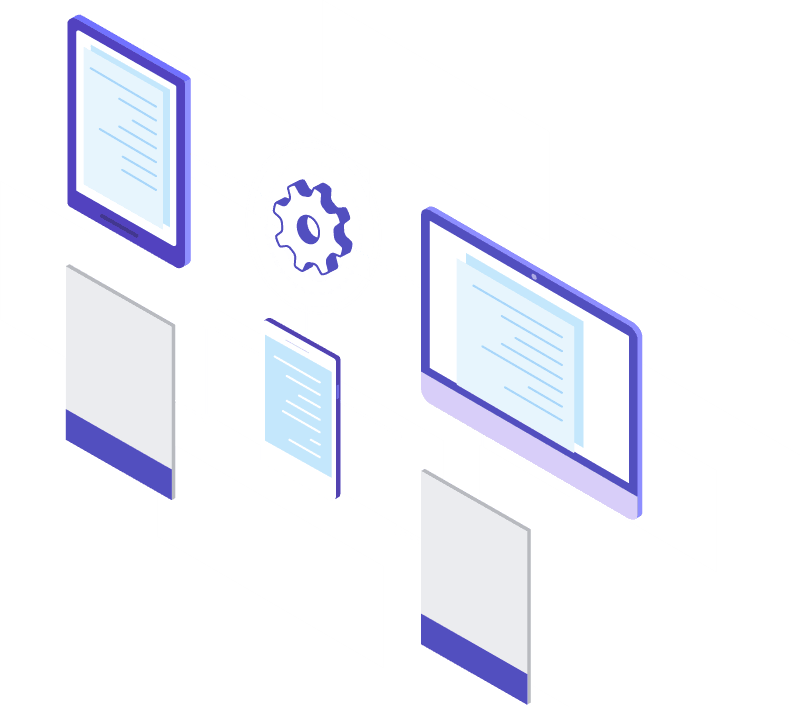Course
Using OpenAI with ROS Python
Use the power of OpenAI combined with ROS simulations in the easiest way

ROS Noetic
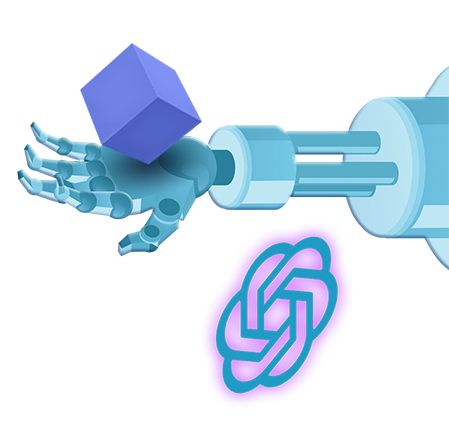
Course Overview
Description
In this Course, you are going to learn how to use the OpenAI ROS structure developed by The Construct and how to generate new code for it. The OpenAI ROS structure will allow you to develop for OpenAI with ROS in a much easier way.
Learning Objectives
- Understand the basic concepts of the OpenAI ROS structure
- Set up the OpenAI ROS structure for a CartPole environment
- Train the Cartpole with the Qlearn algorithm
- Set up the OpenAI ROS structure for a Moving Cube environment
- Train the Cube with the Qlearn algorithm
- Modify the learning algorithm: DeepQ
- Set up the OpenAI ROS structure for a Fetch Robot
- Train a Fetch robot with the HER algorithm from OpenAI baselines
Simulation robots used in this course
Fetch Robot, CartPole, Hopper, RoboCube.
Level
Advanced
Duration
25h 30m
Prerequisites
Linux Basics, Python Basics, ROS Basics, Knowledge of RL
This course is part of this learning path:
Machine Learning for Robots
4 weeks
What projects will you be doing?
Training a Fetch Robot
Build the Task Environment for training a Fetch robot
Training a Hopper robot
Create environments to train the one-legged Hopper robot
Apply openai_ros to a robot
Apply the openai_ros package to a cube robot
Using the CartPole simulated environment
Understanding the ROS + OpenAI structure
What you will learn
Course Syllabus
Unit 1: Introduction
A brief introduction to the course contents. Includes a demo.
10 min.
Unit 2: Exploring the OpenAI Structure: CartPole
Explore the OpenAI structure, using a CartPole environment.
4 hrs.
Unit 3: Exploring the OpenAI Structure: RoboCube. Part 1
Explore the OpenAI structure, using a RoboCube simulation. Presentation.
10 min.
Unit 4: Exploring the OpenAI Structure: RoboCube. Part 2
Explore the OpenAI structure, using a RoboCube simulation. Create the Robot Environment.
2 hrs.
Unit 5: Exploring the OpenAI Structure: RoboCube. Part 3
Explore the OpenAI structure, using a RoboCube simulation. Create the Task Environment.
2 hrs.
Unit 6: Save and Load the Learned Policy
Learn how to save and load the learned policy
1 hr.
Unit 7: Modifying the Learning algorithm: CartPole
How to modify the learning algorithm for the CartPole environment. We’ll use the deepQ algorithm.
2 hrs.
Unit 8: Modifying the Learning algorithm: RoboCube
How to modify the learning algorithm for the RoboCube environment. We’ll use the deepQ algorithm.
2 hrs.
Unit 9: Training a Fetch Robot. Part 1
Create a Robot Environment for the Fetch robot.
2 hrs.
Unit 10: Training a Fetch Robot. Part 2
Create a Task Environment for the Fetch robot. We’ll use the HER algorithm for training Fetch robot.
2 hrs.
Unit 11: Project: Training a Hopper robot
Apply everything you have learned for training a Hopper robot.
8 hrs.
Ready to get started?
Start learning ROS & Robotics online quickly and easily
What’s next
People interested in this course also viewed
Top universities choose The Construct for Campus to teach ROS & Robotics.

![fetch_reach_scene [ROS Q&A] 168 - What are the differences between global and local costmap](https://www.theconstruct.ai/wp-content/uploads/2020/05/fetch_reach_scene.png)
